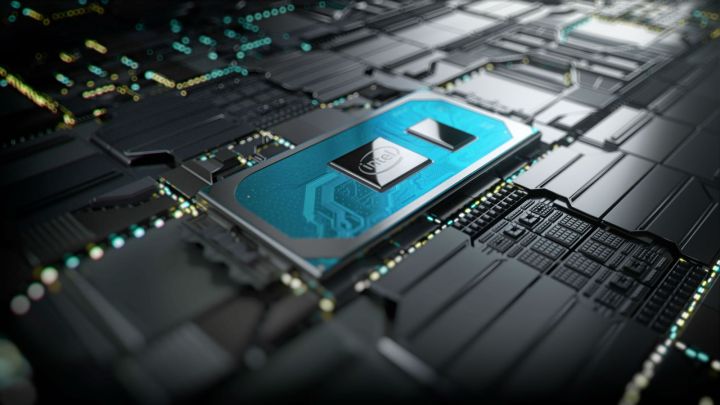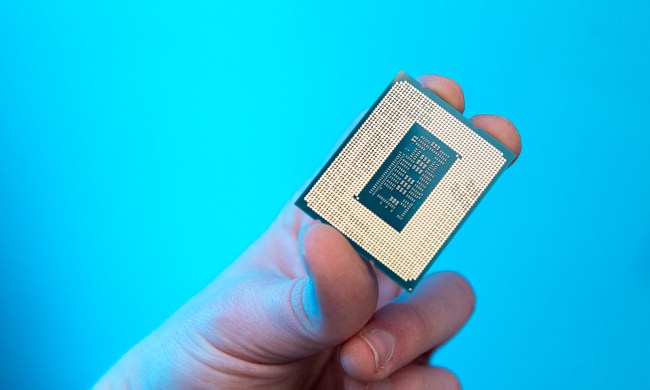So, you want to buy a new laptop later this year. You want to find something with enough processing power to suit your needs without paying more than necessary. That’s what we all want.
Thanks to Intel’s confusing naming scheme, that’s never been easy — a string of numbers and letters that most people need a codex to decipher. With the new launch of Intel’s 10th-gen Core processors, it had chance to rectify the situation. Instead, it’s only made things worse.
Go ahead, try and choose one

Dell is the only company to have announced how it’ll be packaging Intel’s new processors in its laptops, so we’ll use it as an example of how convoluted laptop buying has become.
The company will have two options for sale: An updated version of its flagship XPS 13 and a completely redesigned XPS 13 2-in-1 with a sleek new chassis. Which do you choose? In the past, that might have been a simpler purchase. The older XPS 13 2-in-1 came with Y-series processors, a set of slower, lower-wattage chips. The flagship XPS 13 was for more power, the XPS 13 2-in-1 for mobile use. Simple.
Thanks to how Intel has split up its 10th-gen processors, though, you now have more to consider. In the case of the new XPS 13, you’ll see four configurations available: Core i3-10110U, Core i5-10210U, Core i7-10510U, and Core i7-10710U. These are all part of Intel’s 10th-gen Comet Lake U-series processors, which span from two cores up to six cores. If you know your budget and performance needs, you’re off to the checkout.
But then there’s the XPS 13 2-in-1. This highly-portable, 2-in-1 ships with the other half of Intel’s 10th-gen processors, known as Ice Lake. Here, you also get a handful configurations, such as the Core i7-1068G7, Core i5-1035G7, or Core i5-1035G1. If you’ll notice, these use a different naming scheme. Moving up from Core i5 to Core i7 will still bring extra performance, but now there’s this “G” nomenclature to consider, which stands for graphics capability.
It’s strange enough that two different Dell XPS 13 models have processors from the same Intel generation, yet use different naming schemes. You’ll only be more confused if you stop to consider what these laptops are built to do. The XPS 13 2-in-1 is a highly portable device designed for on-the-go use, while the XPS 13 is an everyday workhorse. Why, then, does the XPS 13 2-in-1 boast of superior graphics? It’s not a gaming machine, and it’s not a workstation. If Intel wanted to advertise graphics, you’d think it’d do so on a chip that appears in laptops built for day-to-day work, not a chip designed for portable 2-in-1s.
Think about how this reads. Let’s say you’re a student. You need to write papers and do research, but you also want to game and watch movies. Which do you choose? Is it better to pick the XPS 13 2-in-1 because it has better graphics? Or do you choose the XPS 13 for better processor performance? Does the XPS 13 even have better processor performance? It’s unclear.
That’s just one laptop in Dell’s XPS line. For companies that offer larger lineups of laptops that include options like fanless laptops with a Y-series processor or ones with discrete graphics, it’ll only get more confusing.
Intel says it used this naming scheme because there’s minimal difference between the U-series and Y-series in the Ice Lake chips. But ditching the product line makes it harder to understand what you’re buying. The H-series processors can have up to eight cores. Will it really not be labeled differently than a dual-core Y-series processor when its released as part of the 10th generation? Yikes.
Comet Lake or Ice Lake?

Not only is all this immensely confusing, it’s also obscuring a deeper truth. These processor lines seem to be similar in performance, but are completely different inside. Comet Lake processors have the 10th-gen title, but aren’t based on the new 10nm architecture. It’s still using the tried-and-true 14nm process that Intel has refined for years now. That’s a bit sneaky in its own right.
When a company arrives at the 10th generation of a product, it should feel like a big deal. Think of the iPhone X, Windows 10, or OS X. Surely, Intel must have planned its own monumental moment when it announced its 10th-gen Core processors to mark its long-delayed move to a 10nm production process. This has branding potential marketing executives foam at the mouth over.
But instead of moving to 10nm all at once, as other companies have done, Intel’s 10th-gen includes both the new architecture and the old architecture, all launched at the same time. It’s more than a missed marketing opportunity. It adds another layer of confusing jargon to a buying decision that was already messy.


